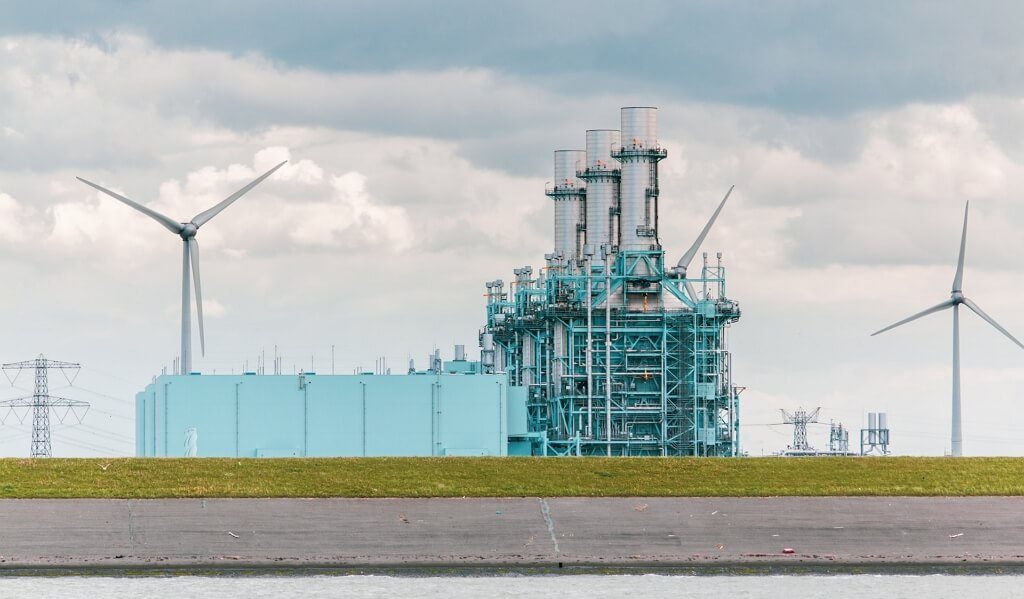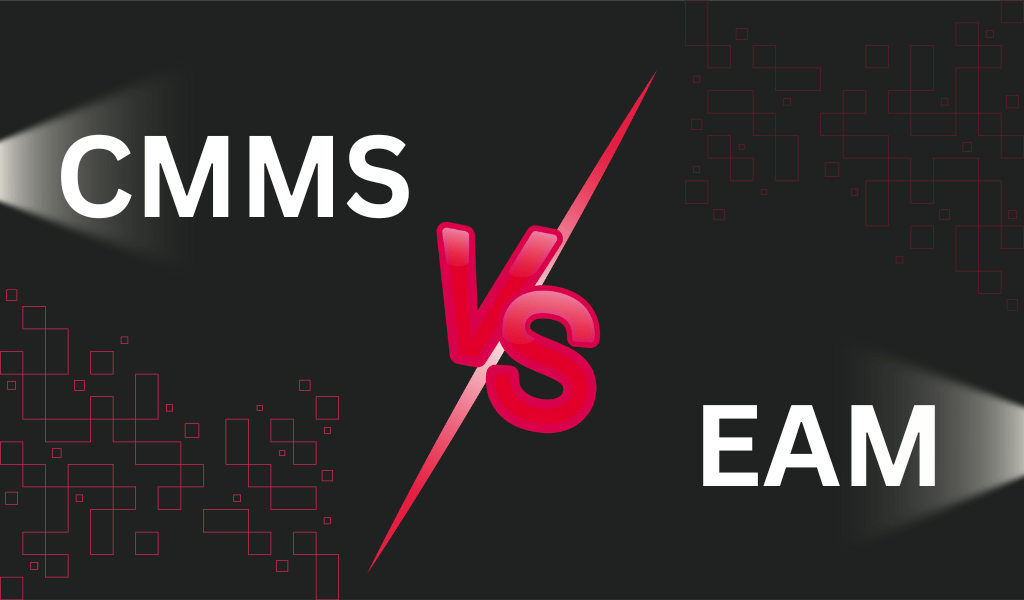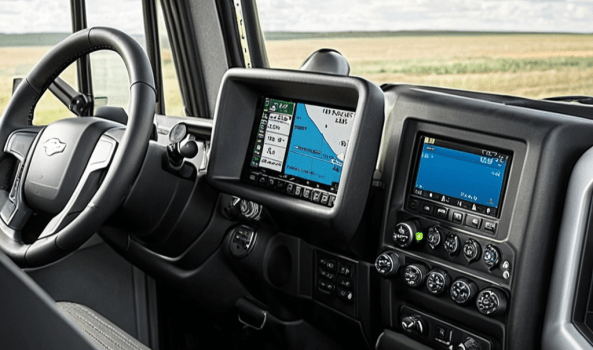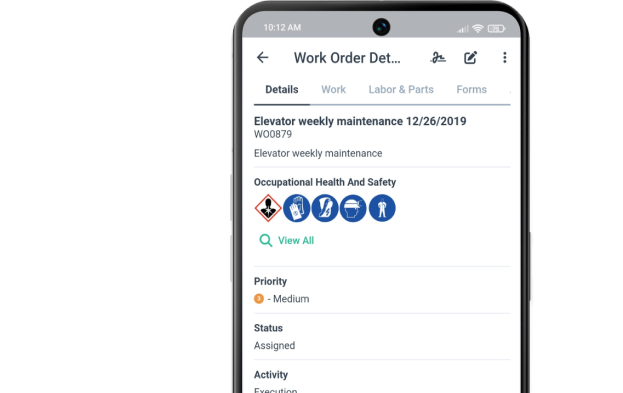Get a Free WorkTrek Demo
Let's show you how WorkTrek can help you optimize your maintenance operation.
Try for freeThe market today is flooded with hundreds of asset maintenance software such as CMMS and EAM trying to position themselves as the perfect and authoritative management solution for enterprise asset maintenance. For this reason, it is necessary to clarify once and for all the difference between EAM (Enterprise Asset Management Software) plant management software and CMMS (Computerized Asset Management System) plant management software, try and continue to do so in addition to their respective marketing campaigns, to discover clear differences between the two maintenance systems. The two management systems of asset maintenance are really nothing more than two sides of the same coin, serving the same purpose: to better manage our company’s assets and increase their efficiency, productivity and life cycle through optimized management of maintenance.
What Is A CMMS?
The acronym CMMS stands for Computerized Maintenance Management System. This software package was designed to manage maintenance globally, on a strategic, financial, and operational level. It is today the essential software of the industrial sector. Much more than simple computer programming, it is an assistant for maintenance teams, the cornerstone of industrial efficiency.
Because you can use it to achieve different goals, there are different ways to describe computerized maintenance management software. On the one hand, it is sophisticated software that captures and uses thousands of data points to provide an overview of how a facility is operating or detailed information about individual pieces of equipment. In terms of functionality, CMMS software offers businesses the ability to monitor inventory levels, manage work orders, set up and schedule preventive maintenance programs, and quickly generate accurate reports. But on another level, it’s just the solution maintenance managers need. Automating processes and streamlining workflows makes your life less stressful by making your workday more predictable.

How Does A CMMS Work?
The easiest way to understand how it works is to first look at two old ways of managing maintenance, paper, and spreadsheets.
With paper, you always run the risk of losing or corrupting data. Every time you doodle a new work order, chances are you’ll include mistakes. And even if you copy everything perfectly, chances are someone will lose that piece of paper, your only copy of that essential data. With spreadsheets, it’s the opposite problem. The risks of copying and pasting bad data are still there, but now you often have too many copies of the same data. Why is this a problem? Because as soon as someone updates one copy’s information, all other disconnected copies are out of sync. In the end, each member of the team works from their own version of the truth. Everyone is out of it, but no one realizes it.
What Is EAM?
EAM: definition
The term EAM stands for Enterprise Asset Management. It is the management, over their entire life cycle, of all the material assets of a company (or any organization), which can be installations, buildings, infrastructures, or any other type of equipment.
The EAM covers all stages of the life cycle of these assets, it encompasses their design and construction as well as their commissioning, operation, maintenance or replacement, and their destruction or demolition.
What Are The Objectives Of Enterprise Asset Management?
Broadly speaking, EAM aims to track the life cycle of a company’s physical assets to optimize their use. This optimization aims to:
- improve asset-related processes,
- facilitate more flexible and efficient use of assets,
- reduce operating and maintenance costs,
- improve the safety and reliability of assets,
- ensure their regulatory compliance,
- promote the preservation of the environment,
- replace underperforming assets.
EAM concerns all the material assets of a company, in particular the buildings and the infrastructures linked to them: workstations, meeting rooms, facilities dedicated to employees, fleets, vending machines, etc. Regarding the EAM of buildings, we often speak of property management. To implement EAM effectively, it is necessary to use EAM software.

Who Needs EAM?
Regardless of the type of equipment or assets, maintenance should be part of your daily routine. Monitoring and managing an asset is important for any business regardless of its size, sector, or industry in which it operates. While some companies already use EAM as part of their enterprise resource planning (ERP), others require an independent version of the software. Indeed, companies heavily dependent on complex and expensive physical assets must benefit from a detailed and optimal overview of their assets. With an autonomous EAM system, these companies see a drastic increase in their power of control over their assets and associated maintenance activities.
In Practice, How Does EAM Work?
The EAM system is based on a complete and proactive analysis of the life cycle of assets allowing the implementation of predictive maintenance.
The data recorded by the sensors of the connected machines is directly collected and analyzed. Using machine learning and advanced analysis, it is possible to automatically predict when the condition of an asset will become critical suggesting a potential failure. Work orders are then sent, and a preventive maintenance intervention on the asset concerned can be scheduled before it fails completely. The EAM software can also provide information on required replacement tools or parts.

Are EAM And CMMS Asset Maintenance Software The Same?
When it comes to asset and enterprise asset maintenance software, the market is primarily dominated by two types of programs: CMMS asset management and EAM asset management.
However, the difference between these two types of asset maintenance software is not always clear, especially when you need to decide which maintenance information system is best for managing the maintenance of our company’s assets.
The main reason is that these products are very similar and both end up being suggested as the perfect solution for the same task.
Comparison of CMMS and EAM Asset Management
Some companies use hardware maintenance software called CMMS, short for “computerized maintenance management system” but also called “computer-assisted maintenance management software”.
CMMS and EAM systems have similar goals and some of the same functionality, although EAM systems offer a wider range of functionality. What really sets them apart is philosophy and scope.
A CMMS system focuses on support, while an EAM system takes a holistic approach, integrating multiple business functions. The CMMS begins to provide follow-up after the purchase and installation of an asset. On the other hand, the EAM system can follow the entire life cycle of an asset, starting with design and installation. A CMMS system is designed to handle a single site or offer limited multisite support. The EAM system is equipped with extensive functions to manage multiple sites and companies.
An EAM system is a comprehensive tool for managing physical assets and optimizing their performance across the enterprise. EAM is a CMMS combined with an inventory management system, a purchasing management system, a document management system, an accounting system, a project management system, multi-site management tools, and performance management, all in one integrated software.

Asset Maintenance Management With Enterprise Asset Management (EAM) Software
EAM is an acronym for Enterprise Asset Management. The term assets refers to all tangible and intangible property, such as movable and immovable property, equipment, plant and machinery, and their component parts. Therefore, we can say that EAM systems are proposed as asset maintenance management systems, which are intended as physical assets of a company.
EAM software can handle all aspects of asset maintenance, including functions such as asset lifecycle management, preventive maintenance planning, asset warranty, and contract management.
Some of the most important and unavoidable features of EAM software include:
- Full life cycle management of enterprise assets
- Work order management
- MRO Material management, inventory, and spare parts management are often also associated with direct and indirect management of deliveries and purchases.
- Contract management
- Expense report
- Reporting and Analysis
- Machine stop tracking
- Lockout Tagout System Management
Plant Maintenance Management With CMMS Software (Computerized Software Management System)
What is CMMS Software? CMMS is the acronym for Computerized Software Management System.
These systems have appeared on the market since the 1960s, mainly known as IT systems for managing work orders, and then emerged as software in the 1980s. Since then, their growth in terms of extension and functionality has been unstoppable.
With the advance of SaaS (Software as a Service) programs, CMMS plant maintenance software is recognized today as the best solution for maintenance management within companies of all types and sizes.
The main benefits that this type of CMMS system management is able to recognize for companies are:
- Greater efficiency
- Increased productivity
- Optimization of maintenance operations
- Cost and waste reduction
- Asset lifecycle extension
The CMMS systems management system is particularly appreciated for its ability to make maintenance operations within a company more effective (for example by determining which machines require preventive maintenance intervention, or which warehouse contains the components necessary to carry out an order of work) and help managers and managers make data-driven decisions (for example by calculating the cost of a corrective maintenance intervention on a given plant and comparing it with the costs of preventive maintenance on the same).
These data and reports are also useful for verifying the state of regulatory compliance, as well as for the evaluation of the performance of the production plants through, for example, the OEE or MTBF calculation. In addition to analyzing and collecting data, CMMSs also perform a more organizational and purely managerial task: the planning of scheduled maintenance activities, for example, or the management of requests for intervention and the management of the related work orders.
As regards the functions offered by CMMS plant maintenance software, it may be useful to make it clear that, unlike an EAM system, a CMMS program does not limit its field of action to industry and production, but finds use and reason for being in most sectors: from facility management to services, passing through fleet management, hospitals, the hospitality sector, retail and more generally wherever there are assets, buildings, and equipment that need to be managed.

More specifically, the main functions of a CMMS include:
- Intervention requests
- Work order management
- Asset management
- Scheduled maintenance management
- Preventive maintenance management
- Inventory and warehouse management
- Cost reporting
- Contract management
- Warranty management
- Tracking of machine stops
- Reporting and analytics
- Lockout-tagout management
- Checklists
- Mobile app
Plant Maintenance Software CMMS vs. Plant Maintenance Software EAM: A Marketing Problem?
If we analyze the characteristics of CMMS asset maintenance software in detail and compare them with those of EAM management software, we will find that the two systems are actually very similar. So much so that it’s reasonable to question whether the differences between the two are irrelevant to the problems posed by choices that are essentially in the realm of marketing.
There is no doubt that both software programs are well suited as asset maintenance management software, and their functionality is essentially the same. What they want to achieve within the company is also the same:
- Increase productivity
- Reduce machine downtime
- Management of company assets and facilities
- Manage workflow
- Corrective maintenance
- Provides useful data and reports to improve maintenance operations
- Plan preventive and planned maintenance activities
- Inventory management
However, the absence of significant differences between the two maintenance management systems today does not mean that they never existed. When EAM software came out in the past, this was achieved by incorporating some features not found in conventional CMMS management software on the market at the time, such as the ability to manage multi-site systems. Features even included in the most common maintenance management are now included.
Because of this, many CMMS management developers have begun marketing their products as CMMS and EAM asset maintenance software, effectively integrating these two different programs. This is a perfectly acceptable option as long as the functionality remains the same.
However, as discussed above, the fact remains that not all CMMS maintenance management systems provide the same functionality, and some of them, especially low-end systems and even more open-source systems, do not fall into the category that CMMS and EAM software could become.

Today’s CMMS And EAM Maintenance Management Systems: How To Choose And What Has Changed
As the chart above shows, most products today no longer have the differences that might have existed between this two factory maintenance software a few years ago, which actually justifies the significant price difference and different product positioning.
However, some EAM software vendors continue to ignore features that are now common in any CMMS software (and, as it turns out, might otherwise have disappeared from the market by now), such as inventory management. Multi-site management or document management and archiving. There are also basic functions such as reporting, dashboards, and KPI monitoring (all functions are also usually provided by mid/low-level plant maintenance software). Because of this, some software companies have started, and probably rightly, to refer to their products as CMMS/EAM hybrids to emphasize that there is no longer any real reason to differentiate the two maintenance management systems.
Although EAM software was originally developed as an evolution of the common CMMS and took a more facility-centric approach than its ancestors, today this distinction is no longer universally valid. It turns out that even large manufacturing companies with hundreds of machines and factories in various locations rely on CMMS management systems, not just EAM software, to maintain their factories. In fact, the difference between the two systems seems to be more a matter of scope (EAM for manufacturing and CMMS for facilities management) than a matter of the functionality and actual value of the software used.










